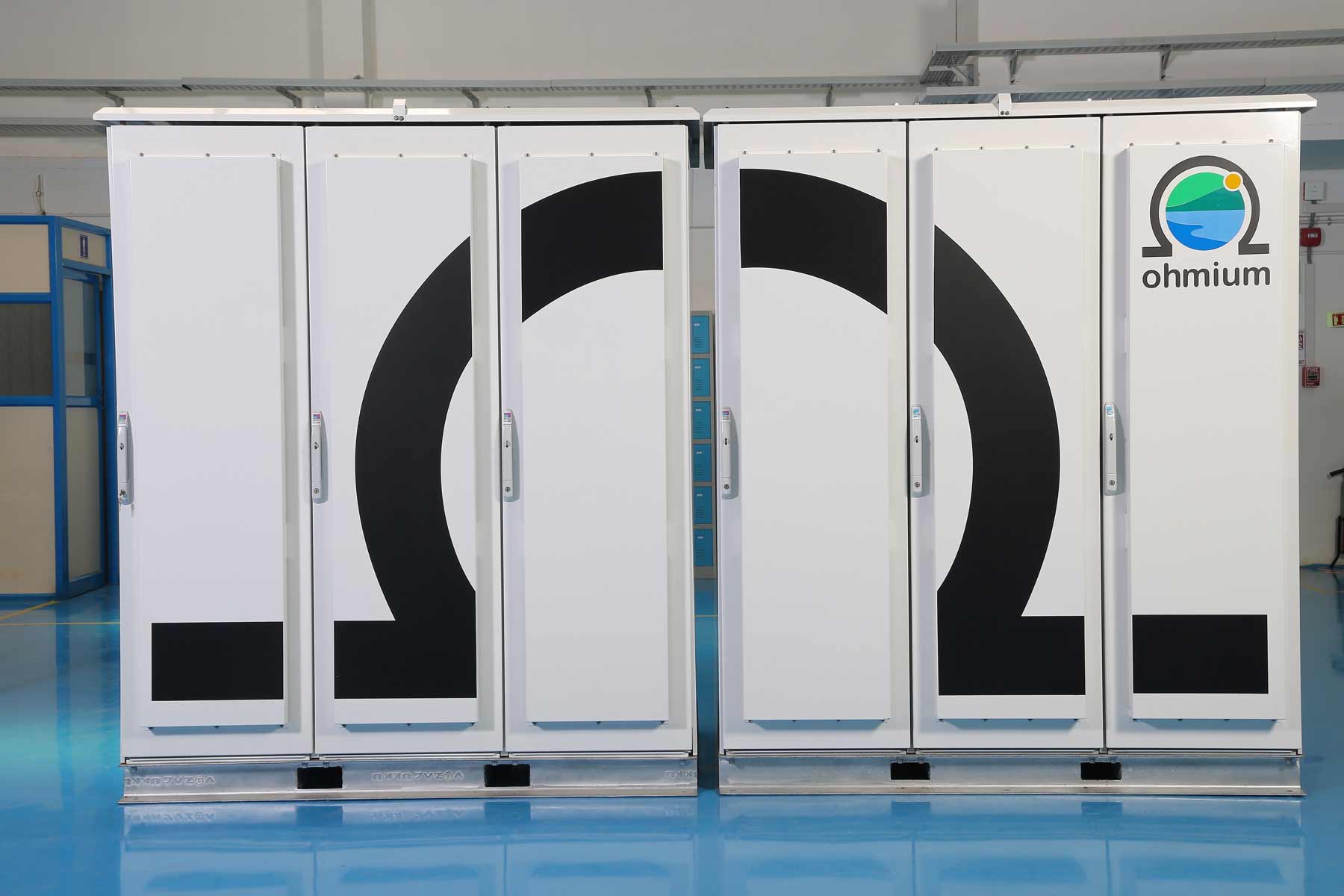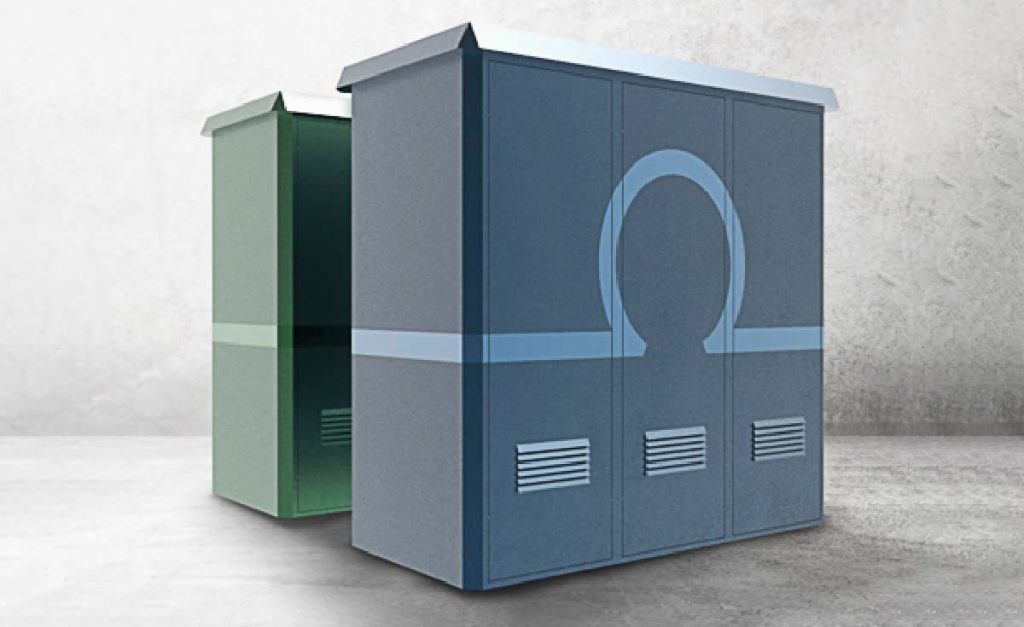
In 2003 President George W Bush announced a $1.2 Billion Hydrogen Initiative to help wean the US off of foreign oil that catalyzed R&D across fuel cells and hydrogen, and was mentioned in every startup pitch deck. The thesis at the time was three fold: energy efficiency, energy security, and low emissions – not low carbon. The emerging fuel at the time was natural gas, not renewables. Power prices were not cheap, coal was king. There were no EVs, biofuels were super nichey. Lithium ion batteries were in their infancy and pricey. Renewable electricity from solar photovoltaics was still insanely expensive. Oil companies like BP, Shell, and Chevron still led the renewables markets, along with a number of Japanese firms in very regional solar markets. Bellwether First Solar was not yet out of the lab. There were no Chinese solar companies. GE had just bought Enron Wind to get into the wind business. We called it alternative energy because it couldn’t yet compete with conventional on cost. The term green hydrogen had not been coined. Water electrolysis for hydrogen was a tiny sliver of esoteric niche activity. 10 kw was a large hydrogen electrolyzer. There were 5 main PEM Electrolyzer companies in the US: Proton Energy, Giner, Lynntech Labs, and Hydrogenics, and only a couple of alkaline ones.

19 years later it’s a very different story. The actual hydrogen economy is turning actual heads, and the boards of every major energy company are discussing hydrogen. While we still make almost all of our hydrogen by reforming natural gas, that is quite unlikely to be the case 19 years from now.
…
Today renewable electricity from solar is insanely cheap, and the Levelized Cost of Electricity from both solar and wind is generally cheaper than even just the fuel cost of a fossil or nuclear power plant. Bush’s $1.2 Bil is now the ante to play the hydrogen game. Since then, Hydrogenics bought Stuart, and was bought in turn by Cummins, GM backed Giner was bought by Plug Power, and Proton by NEL (the old Norsk Hydro), Thyssen Krupp is IPOing its Electrolyzer division for billions. New players like ITM are public with multi-billion dollar market caps. A whole industry of new alkaline electrolyzer companies in China launched to copy the Chinese solar playbook. There is no longer a question that we can make green hydrogen at scale from electrolyzers of either PEM or Alkaline type. All that is left is manufactured cost.
There is a race in green hydrogen. A race to decarbonize processes, industries and countries that need a low carbon energy source and carrier. A race between alkaline and PEM. Between suppliers and markets in Europe, America, and Asia. And a race to reach gig scale and low cost. The winning formula is likely to scale to high volume low cost modular manufacturing capacity for containerized solutions, just like energy storage and photovoltaics – with productization and manufacturing scale and maturity, not novel technology, delivering most of the cost reductions. A dozen plus companies are in this race. Announced projects are in the gigawatts as developers and customers circle. But the battle lines are not yet set, and the hydrogen game is still in the first inning.
Short term overcapacity may happen like in solar, and short term undersupply like in lithium ion batteries, but with 14 GW/year scale electrolyzer plants announced, prices will get driven into the floor one way or the other as the market winners grow. System designs that reduce total installed cost/unit, and improve energy efficiency will rapidly become advantaged, as scale rises and manufactured costs fall.
My firm recently entered the fray, backing a team at a stealthy startup called Ohmium, led by executives with deep experience in both renewables and electrochemical systems who cut their teeth at market leaders like Plug Power, SunEdison, and Bloom Energy. Our logic was simple, this is one of the strongest electrochemical and executive teams we have seen in years, with substantial investment of their own money into their company, and a proven track record in cleantech 1.0 and 2.0. They’ve adopted the winning formula – make a low cost highly manufacturable modularized PEM platform, bet on gig scale and use volume to drive costs into the ground and lead the industry quickly to cost parity. In football terms, they propose to take the top off the defense, and recruited the team speed to do it.
We make a lot of hydrogen in the Houston, the energy capital of the world. And I get asked, do we really need more? You betcha. Our planet needs a lot of energy. The question in hydrogen has never really been about raw quantity demanded, it’s been about price and cost. Today green hydrogen is walking its cost down the supply curve toward conventional at an accelerating pace, and technologies are shifting that curve as well – just like solar and wind and batteries did, and just like them it has native advantages over conventional once the it gets close to cost parity. And we are seeing demand curves for hydrogen overall shifting to the right – and demand curves for low Co2 hydrogen, and green hydrogen, shift even faster, just like we did with renewables and batteries. We are seeing that some regional markets will have more advantaged economics and move first, just like we saw in solar PV and LNG markets when they emerged.
So can alkaline beat PEM? Maybe. They’re cheaper today. But alkalines are not as energy efficient, and are the size of a small house. In our world, cost is usually more a function of size and weight than you think, and as electrolyzer costs fall as the industry grows, the costs associated with system size and power will dominate the cost equation – just like solar. Alkaline is already looking over its shoulder at its younger cousin, and it better get on its track shoes.
I’ve been asked, well wait, can PEM technology really reduce costs with all those expensive rare earth catalysts? Materials are not the dominant portion of the cost today, and the rare earths not the dominant portion of materials cost, and I know of numerous proposed pathways attacking the problem of dramatically reducing electrolyzer catalyst loading, not to mention novel catalysts. You really want to bet that this will sink an industry? So far betting against the march of improvements in manufactured electrochemical products because of a perceived materials limitation has proven to be like betting your barbed wire fence will hold a 2,000 pound bull who has decided to eat the greener grass on the other side. You should probably open the gate or feed the bull and save having to fix fence.
Wait, power prices are too high for electrolysis! Say what? Lazard has been producing the seminal report for several years showing renewable power is cheaper than even the marginal cost of fossil fuels. I wrote this study for more than one major oil company a decade ago warning it was coming. Their analysis now includes a levelized cost of hydrogen. In Texas, we see renewable power PPAs for both wind and solar in the previously unthinkable 2 cent/kwh range. The small town where my ranch is, Hearne, Texas, buys wholesale power off the grid for 3 cents and change. And renewable power costs are not done falling. Better, unlike natural gas, they come with their own multi-decade price hedge. Imagine this. There is no reason a project developer can’t lock in green hydrogen prices for 20 years for a customer. Try that with gas and call me when the trader stops laughing. The Lazard methodology suggests the electrolyzer industry published target reduction cost curves and performance targets combined with low cost Texas renewable power will likely put green hydrogen at parity with conventional within c. 36 months in its leading markets.
We’ve heard, wait, what about the 15 colors of hydrogen and advanced, novel, awesome sauce methane pyrolysis? Well, what about them? We’re totally into looking at Co2 separations, use and sequestration, and new SMR Killers (things that can beat Steam Methane Reforming at its own game). But like solar, natural gas fed hydrogen will probably beat electrolyzed hydrogen until the day it doesn’t, and it is not free to decarbonize. The day after? Well, please go look at the most recent US power generation capacity additions league table by fuel type. It’s been years since natural gas could beat out wind and solar even in energy generation in the US, where we have great gas resource, and it’s losing ground as we speak to lithium ion battery energy storage in peaking. This year was something like 4:1 wind/solar/battery installs to gas. That same small town Hearne, TX has a 50 MW battery project going in. But the tank farm in Hearne hasn’t been expanded in decades. You really think the equivalent won’t happen in hydrogen?
Electrons are the ultimate flex fuel, and that tells in green hydrogen, too. One can wheel green power, the cheapest, easiest to decarbonize and most plentiful source of electrons, with the lowest marginal cost of any electrons, from where it’s cheap to where you want the hydrogen, and take it out of the tap. Literally a tap. Electrolysis splits water to get the hydrogen. We are going to make steel, and fertilizer and glass et al, from … sun and wind and water inputs. Get used to it.
So yes, natural gas fed hydrogen still probably has a cost advantage, for now. But it’s eroding fast, and it won’t last when Ohmium and their brethren are done with it. And yes, there are bunch of electrolyzer players lacing up track shoes for the race. And now they need to outrun Ohmium. Good luck with that.
We’ve a saying at ETV – never bet against lithium or silicon. We might add, or given real manufacturing scale and unlimited capital availability, anything electrochemical at all like those cute little, quiet, emissions free water electrolyzers running on dirt cheap renewable power, manufactured in a gigafactory, and able to be shipped in a container anywhere in the world to plug into the grid where a customer needs hydrogen in any amount requested. Click on Ohmium.com to fill out the request form for the number of electrolyzer megawatts needed, pricing subject to requested scale and delivery date.
Share this Post

